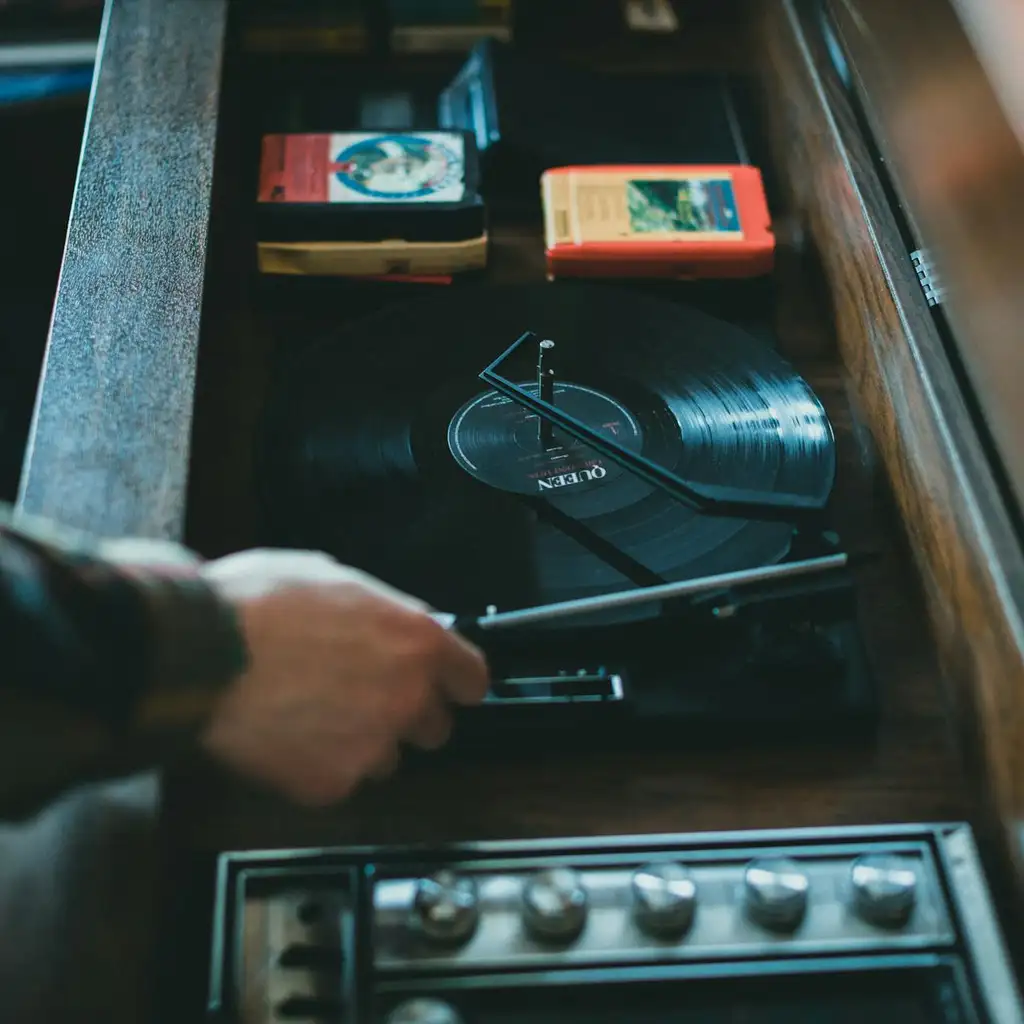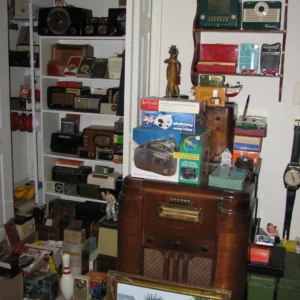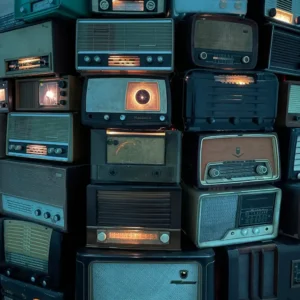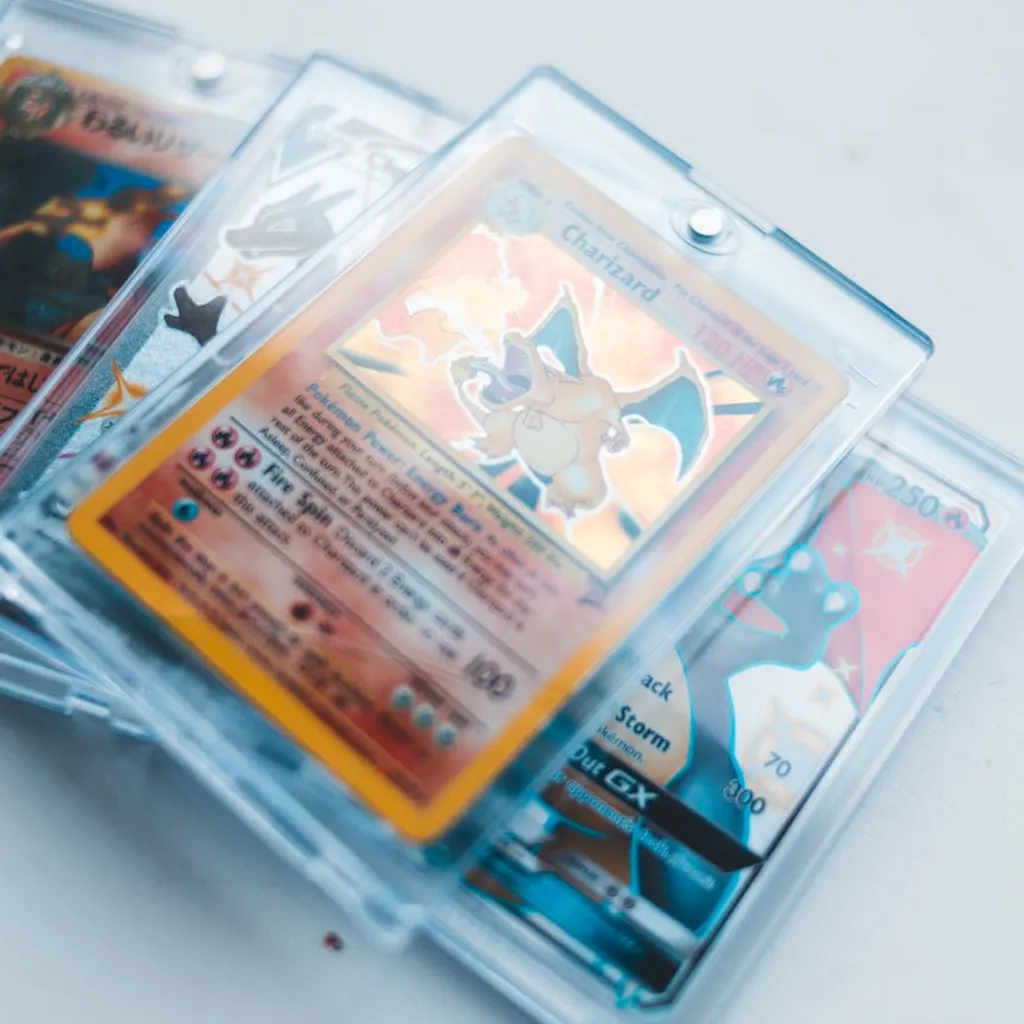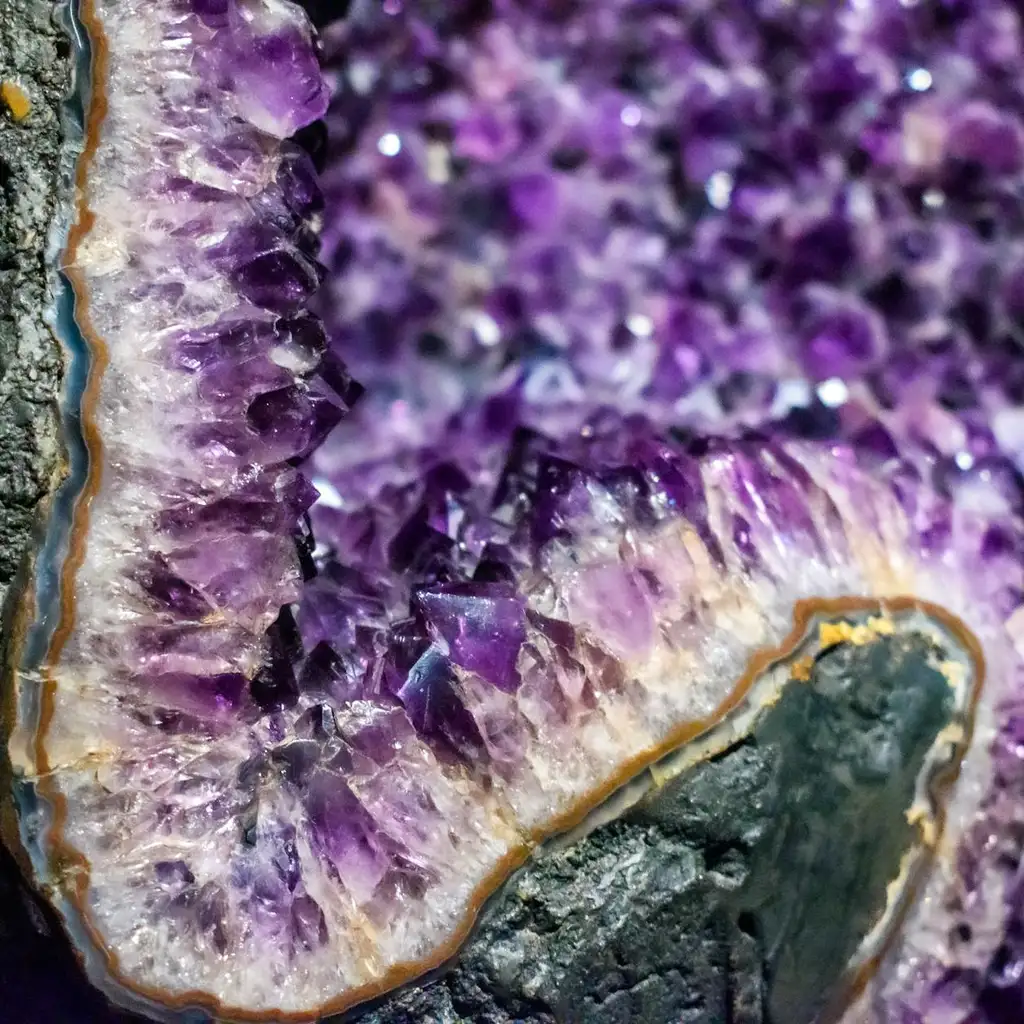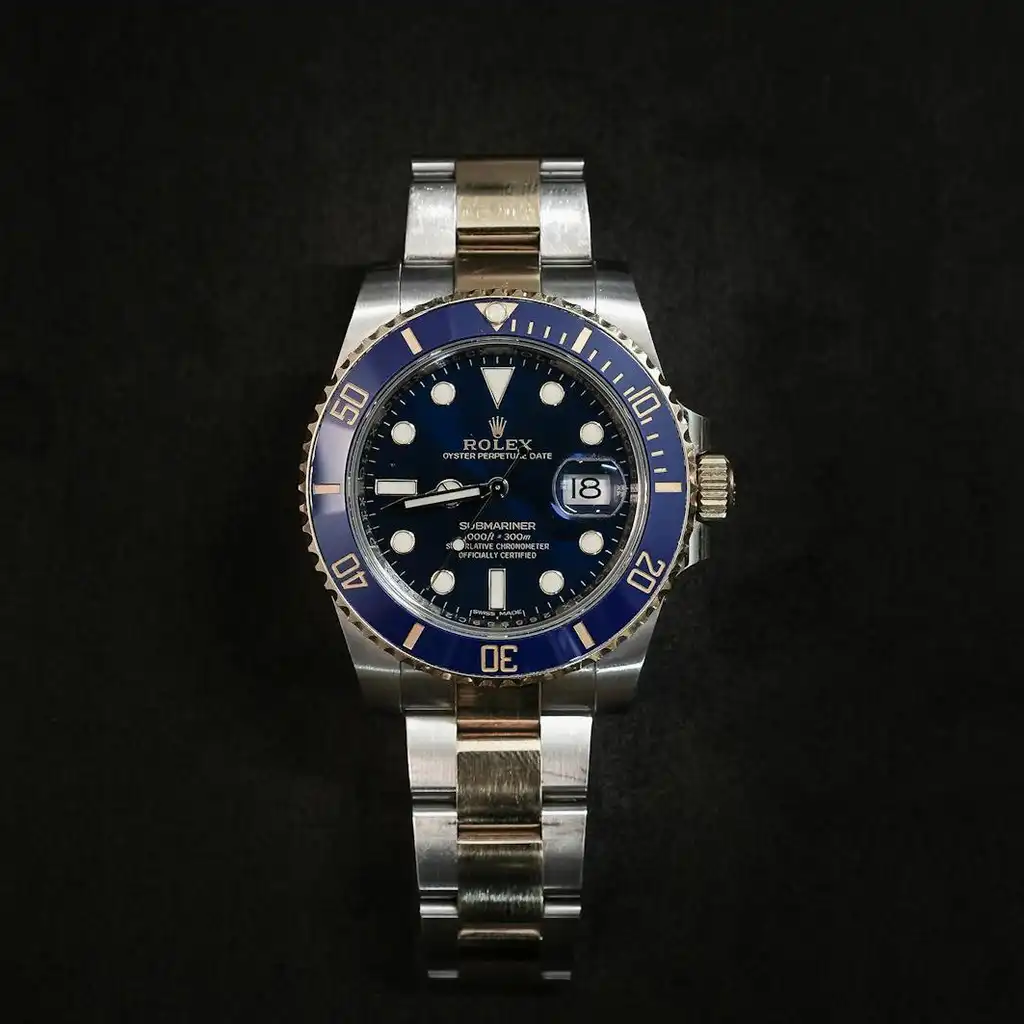Embarking on a journey into the realm of vintage audio can be both exciting and daunting. A few years ago, I found myself exploring the iconic brands like Marantz, Pioneer, Harmon Kardon, Sansui, Nakamichi, and the prestigious McIntosh and Revox. However, one brand that often flew under the radar was Realistic, RadioShack’s in-house label, which was nestled among the eclectic offerings of disco balls, wire strippers, and TV antennas.
RadioShack’s origins trace back to 1921 in Boston, founded by two brothers with a vision to cater to ham radio enthusiasts and ship radio officers. The term “Radio Shack” originally referred to the room on ships where radio operators worked. The company expanded into catalogs by 1939 and ventured into the high-fidelity market in 1954 under the “Realistic” brand, following legal challenges with their initial name, “Realist.”
Realistic gained traction in the CB radio market and with their TR series 8-track tape recorders. The Tandy Corporation, which started as a leather goods company, acquired RadioShack and, alongside Apple and Commodore, played a pivotal role in the personal computing revolution. This transformation turned RadioShack into a consumer electronics powerhouse, and the Realistic brand flourished, attracting hobbyists and tech enthusiasts alike.
Today, approximately 500 RadioShack stores remain, operating independently, but the iconic brand as we knew it has faded. Realistic was eventually rebranded as Optimus, a topic worthy of exploration in another discussion on budget vintage loudspeakers.
Some may question my endorsement of Realistic as a vintage audio brand, but I stand by it, albeit with some reservations. Realistic outsourced its manufacturing to OEMs in Japan and Singapore, including a notable brand familiar to audiophiles who invested in high-end CD players and transports.
Realistic LAB-400 Turntable
Among RadioShack’s offerings, the LAB-400 turntable is a standout. Manufactured by C.E.C., a company renowned for high-end audiophile components, the LAB-400 is a direct drive, fully automatic turntable. Its performance rivals that of my Technics SL-1700, underscoring its exceptional quality.
With a simulated wood plinth, dark grey metal accents, and an S-shaped tonearm with a removable headshell, it originally came with a Shure R-100E moving magnet cartridge, delivering impressive depth and stereo separation. My neighbor uses it daily, and its value is undeniable. Priced between $150-250, it serves as an excellent entry-level turntable in the vintage market.
Realistic STA-960 Receiver
The STA-960 receiver boasts a silver finish and solid metal knobs, exuding a premium feel. Its beveled glass front showcases the warm glow of the tuner dial and meters, creating an inviting ambiance.
With 50 watts per channel, it competes with vintage Pioneer units, offering a balanced tonal quality. Although not as common, a well-maintained STA-960 can be acquired for $250-400, a bargain compared to a Marantz 2245.
Realistic APM-200
The APM-200, a VU meter, connects via speaker binding posts. Its illuminated VU meters and LEDs are rare, making it a collector’s item. Equipped with a power and “2w/200w” switch, it’s perfect for showcasing dynamic tracks. Priced between $150-250, it’s a rare find in pristine condition.
Realistic Minimus 7 Loudspeakers
The Minimus 7 loudspeakers have garnered a cult following, sparking debates among audiophiles. Available in various finishes, they require 30-50 watts for optimal performance. Despite their compact size, they deliver impressive midrange and treble, ideal for acoustic music.
A pair in decent condition can be found for under $50, a steal for vintage audio enthusiasts. While RadioShack’s operations are primarily online now, there’s buzz about the potential return of Realistic or Optimus. If you come across these rare components, it’s wise to hold onto them.
